Unveiling Industrial Interior Design: Unleash the Raw Beauty of Functional Spaces
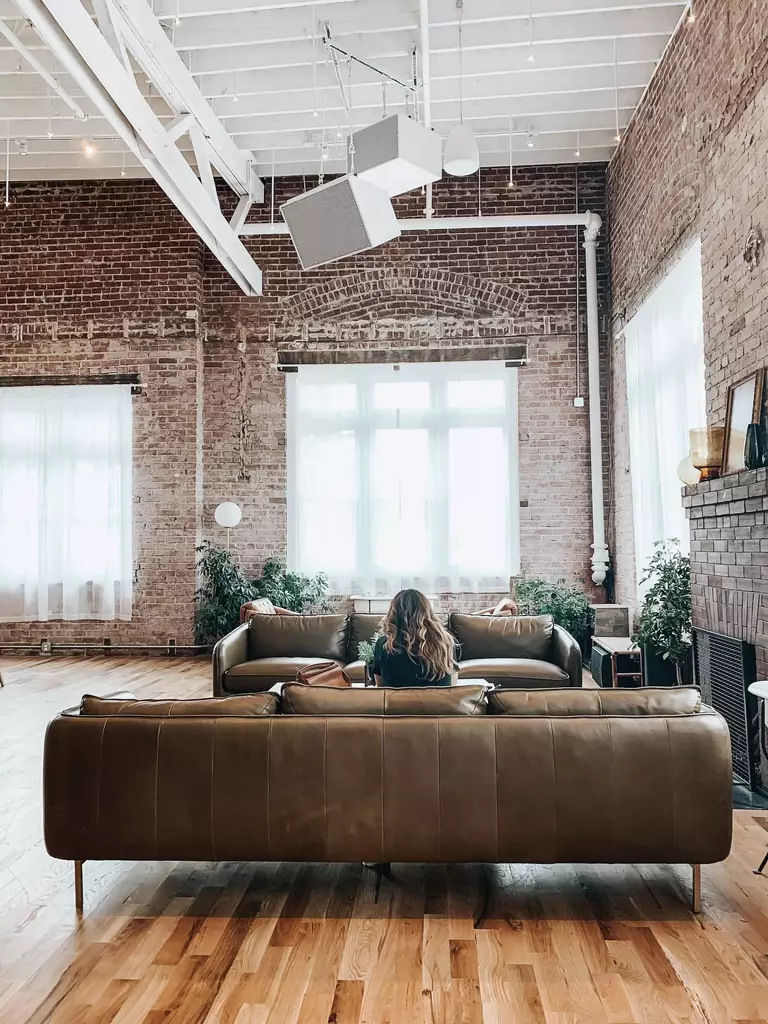
Table of Contents
What is the Industrial Interior Design?

Industrial interior design is a unique style that draws inspiration from industrial spaces such as factories, warehouses, and industrial lofts.
It embraces the raw, unfinished look and celebrates the beauty of exposed materials, structural elements, and useful objects.
Industrial design takes cues from the industrial revolution and has evolved into a popular interior design style known for its edgy, urban, and unconventional appeal.
Importance and Popularity of Industrial Design Style
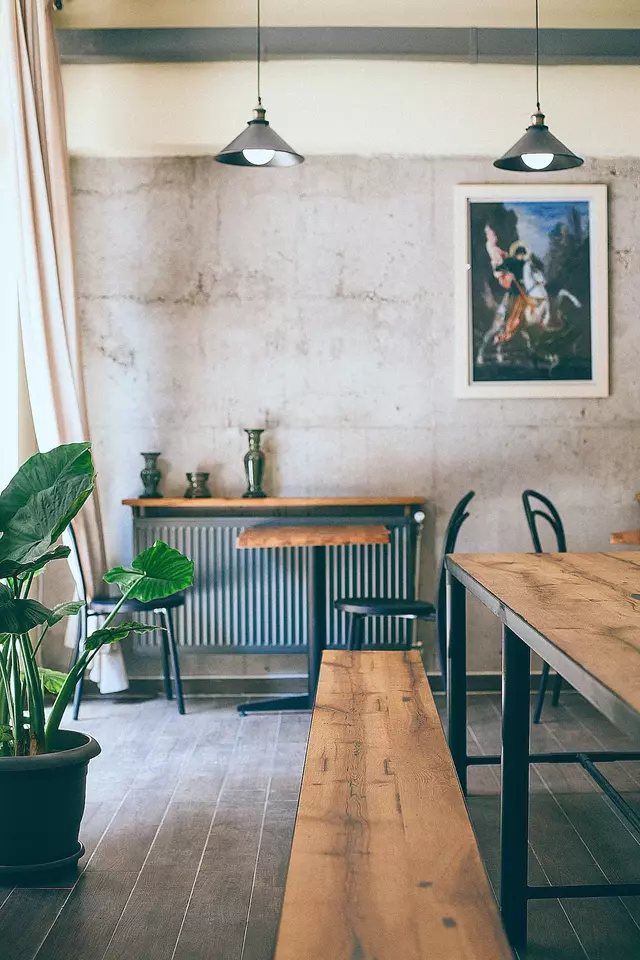
In recent years, the industrial design style has gained immense popularity and has become a go-to choice for many interior design enthusiasts.
One of the reasons for its widespread appeal is its ability to transform ordinary spaces into visually striking and unique environments.
By embracing raw and rugged aesthetics, the industrial interior design adds a distinct character and personality to any space.
The importance of industrial design style lies in its ability to bridge the gap between functionality and aesthetics.
It showcases the beauty of everyday materials and objects, turning them into design features.
By incorporating industrial elements, such as exposed brick walls, metal accents, and vintage furniture, interior designers can create spaces that exude a sense of authenticity, creativity, and modernity.
Furthermore, industrial design allows for flexibility and adaptability in various settings.
It can be applied to residential spaces, commercial establishments, restaurants, and even office environments.
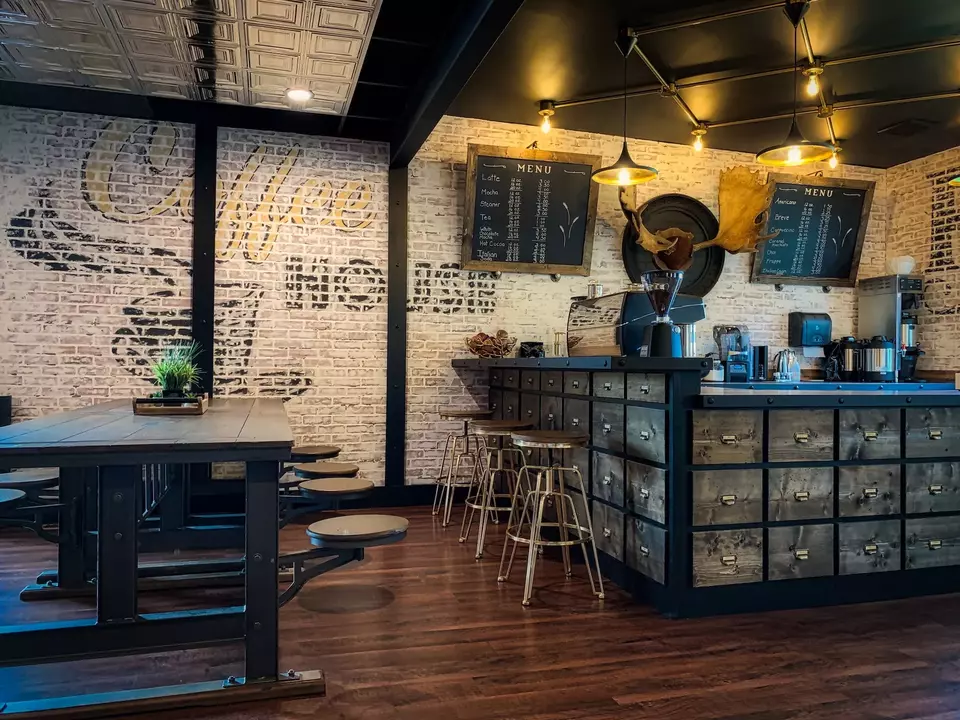
Its versatility makes it suitable for both contemporary and traditional interiors, offering a wide range of possibilities for design exploration.
The growing popularity of industrial interior design can also be attributed to its ability to create a unique and memorable experience for inhabitants and visitors.
The unconventional charm, combined with the balance between functionality and aesthetics, makes industrial spaces stand out from the crowd.
This style has become a way for individuals to express their personal taste, embrace their love for urban aesthetics, and create spaces that tell a story.
As we delve deeper into industrial interior design’s key elements and characteristics, we will explore how this style can be incorporated into various spaces while maintaining its essence and charm.
The Main Focus of Industrial Interior Design
- Functionality and Usability in Interior Design
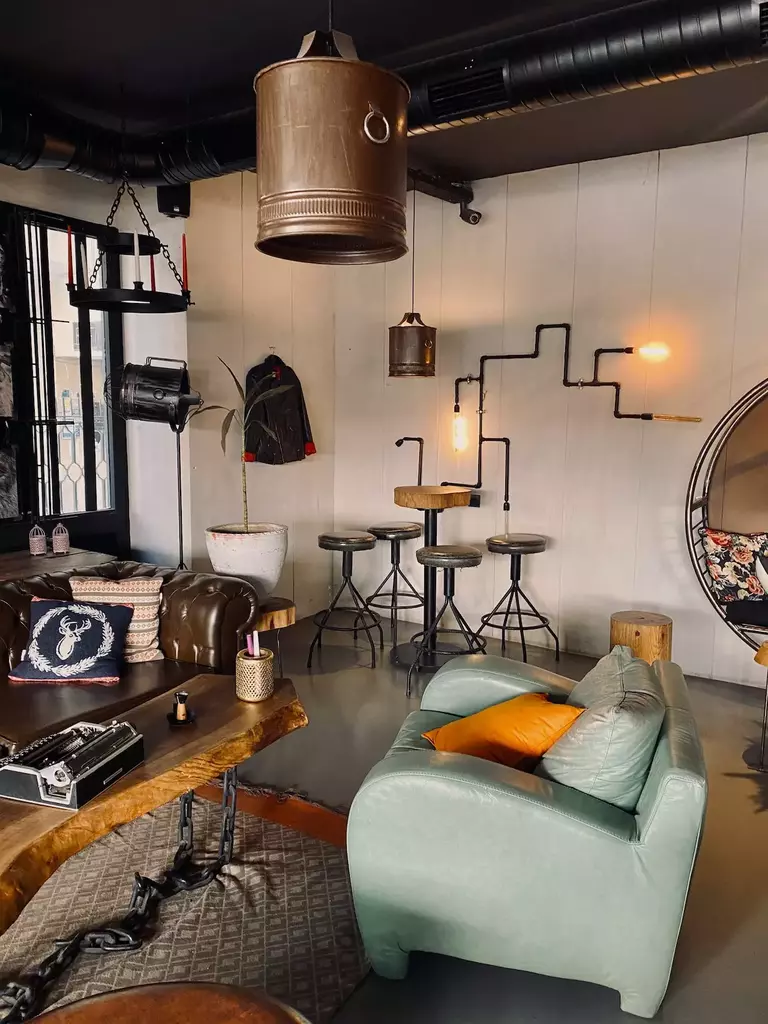
Functionality and usability lie at the heart of industrial interior design.
The main focus is to create interior spaces that are not only visually appealing but also highly functional and practical.
This involves thoughtful space planning, efficient furniture layouts, and consideration of how people will interact with and navigate through the area.
- Sustainable and Eco-Friendly Solutions in Interior Design

Incorporating sustainable and eco-friendly solutions is a growing focus in industrial interior design.
The industrial interior design strives to minimize the environmental impact of the design by selecting sustainable materials, implementing energy-efficient systems, and considering the lifecycle of the products used.
It aims to create interior spaces that not only enhance the quality of life for the people but also contribute to a healthier and more sustainable environment.
- Aesthetics and Emotional Appeal in Interior Design

Interior design aims to aesthetics and emotional appeal in creating visually captivating spaces.
And so industrial interior design can also create interiors that evoke a particular mood or atmosphere in every space.
carefully consider elements such as color schemes, textures, and material choices to create a cohesive and visually pleasing environment that reflects the desired style and elicits positive emotions.

Example: Designing a cozy and inviting living room with warm color tones, natural textures, and comfortable furniture arrangements to create a welcoming and relaxing atmosphere.
By focusing on functionality and usability, emphasizing ergonomics and user experience, promoting sustainable and eco-friendly solutions, and considering aesthetics and emotional appeal, the industrial interior design aims to create spaces that are not only visually striking but also enhance the well-being and experience of the occupants.
It is a thoughtful and purposeful approach to interior design that seeks to transform spaces into functional, beautiful, and sustainable environments.
Key Elements of Industrial Interior Design
1. Exposed Raw Materials

One of the defining features of industrial interior design is the emphasis on exposed raw materials.
Instead of concealing or covering up structural elements, the focus is on showcasing their natural beauty.
This includes leaving brick walls bare, exposing concrete floors, and highlighting the texture of metal beams or ductwork.
These raw materials add texture, character, and an industrial edge to the space.
Examples:

Exposing the brick walls of an apartment, allowing their rough texture and warm tones to become a focal point.

Showcasing the natural beauty of concrete floors by leaving them unpolished or using a clear sealant to preserve their raw appearance.
2. Open Floor Plans and High Ceilings

Industrial design often favors open floor plans and high ceilings.
This design choice creates a sense of spaciousness and freedom within the space.
By removing walls and barriers, it allows for better flow and connectivity between different areas.
High ceilings not only enhance the feeling of openness but also provide ample space for showcasing industrial lighting fixtures.
Examples:

Removing walls between the kitchen, dining area, and living room to create a seamless, open space for entertaining and socializing.

Incorporating mezzanine levels or loft spaces to take advantage of the verticality and high ceilings characteristic of industrial buildings.
3. Minimalist Color Palette

Industrial interior design typically employs a minimalist color palette that complements the raw materials and industrial aesthetic.
Neutral tones such as shades of gray, black, white, and earthy hues are commonly used.
This restrained color scheme allows the focus to remain on the textures and materials, creating a cohesive and understated backdrop for the space.
Examples:

Painting walls in a soft shade of gray enhances the industrial ambiance while maintaining a sense of warmth and neutrality.

Using black accents, such as steel-framed windows or furniture, to add contrast and a touch of drama to the space.
4. Utilitarian Furniture and Fixtures
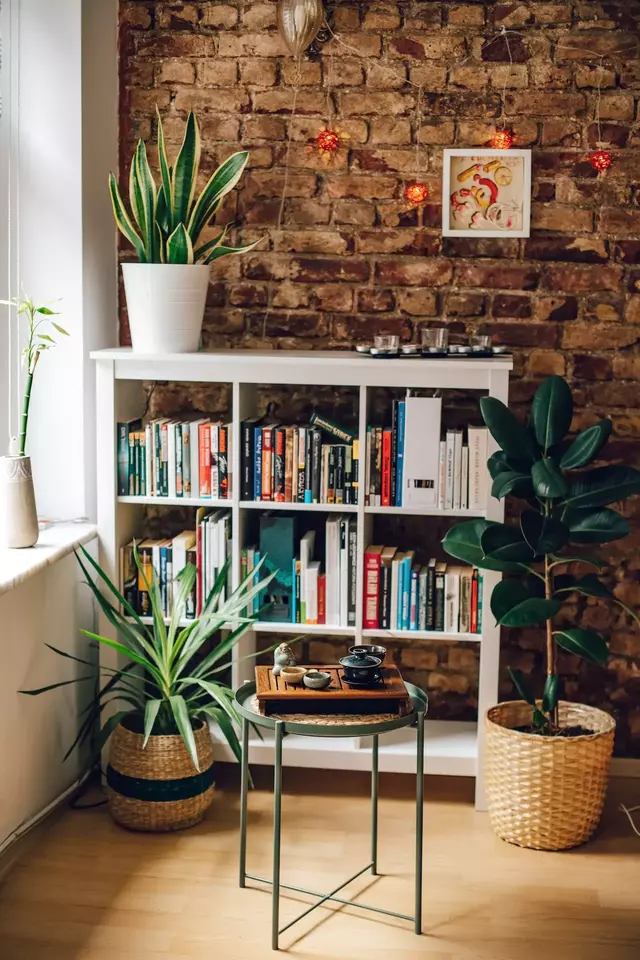
Utilitarian furniture and fixtures are key elements of industrial interior design.
These pieces are often simple, functional, and inspired by industrial or vintage designs.
Metal, reclaimed wood, and leather are popular materials for furniture in industrial spaces.
The furniture should be durable, practical, and reflect the industrial aesthetic.
Examples:

Incorporating a sturdy metal dining table with a reclaimed wood top, paired with industrial-style metal chairs for a dining area.
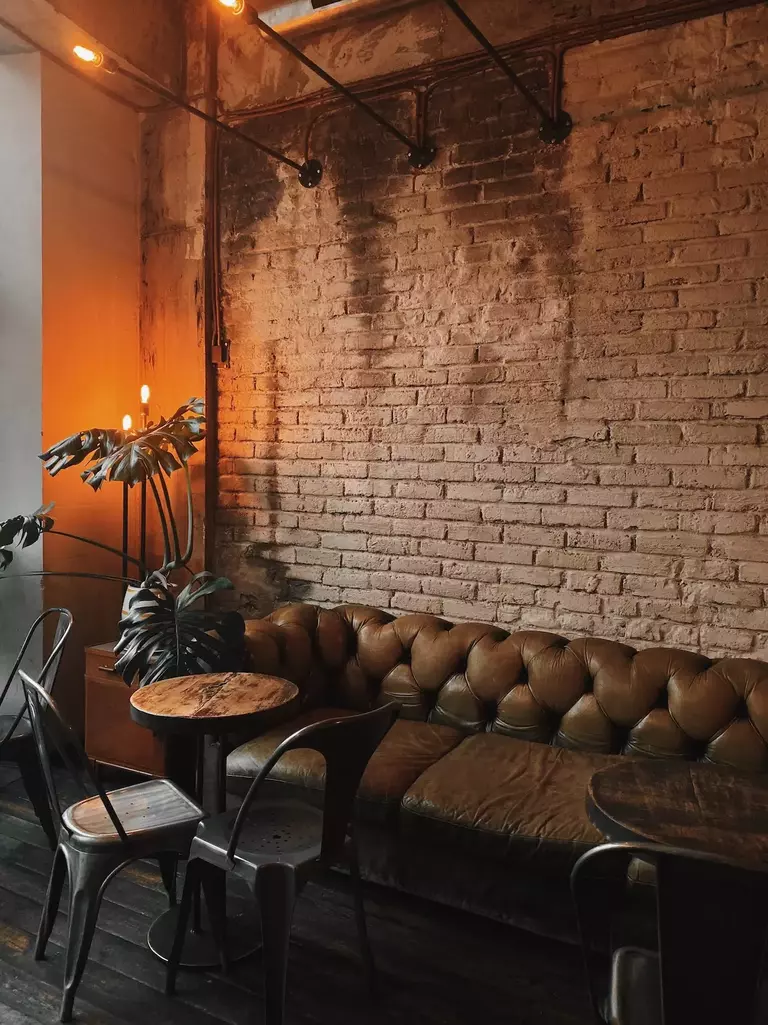
Using a vintage leather sofa with a distressed finish to add a touch of rugged elegance to a sitting area.
5. Industrial Lighting Fixtures

Industrial lighting fixtures play a crucial role in setting the ambiance and adding character to industrial interior spaces.
They often feature exposed bulbs, metal shades, and industrial-inspired designs.
These fixtures can act as focal points while providing functional lighting for the space.
Examples:

Installing pendant lights with metal cages above a kitchen island, creating a statement piece that combines functionality and industrial aesthetics.
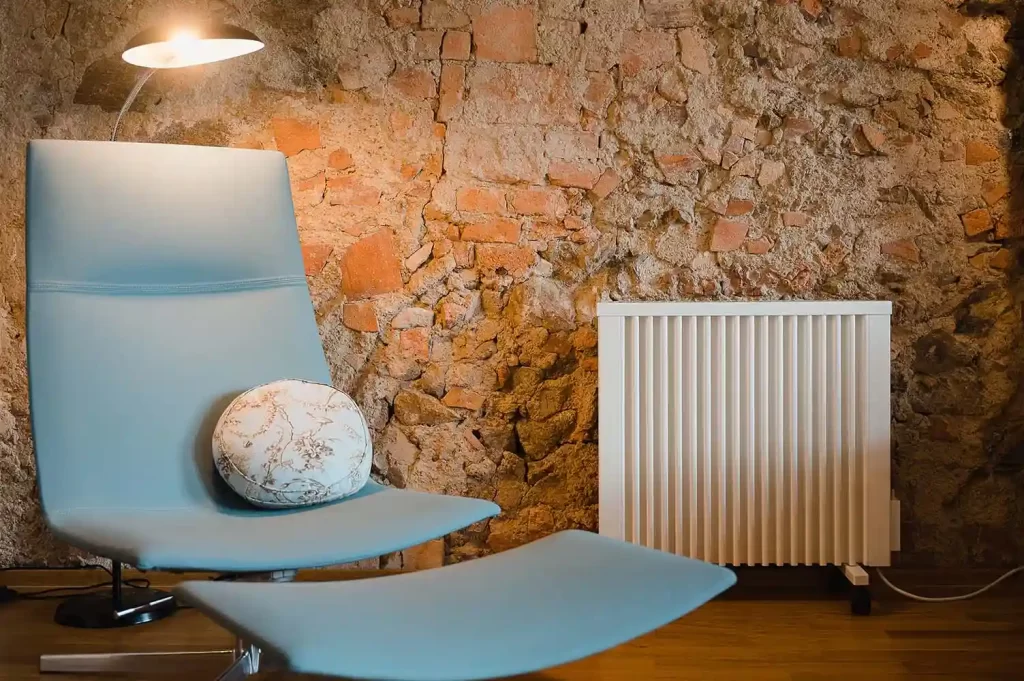
Using a floor lamp with an adjustable arm and metal shade to provide task lighting while adding an industrial touch to a reading corner.
6. Incorporation of Salvaged or Repurposed Items

To enhance the authenticity and sustainability of industrial interior design, the incorporation of salvaged or repurposed items is common.
These items have a history and bring a unique charm to the space.
Salvaged wood, vintage signage, or industrial machinery can be repurposed as decorative elements or functional pieces within the design.

Using reclaimed wood from old barns to create a feature wall or a rustic dining table, adds a sense of history and warmth to the space.

By incorporating these key elements, interior space can successfully capture the essence of industrial design.
Conclusion
Industrial design has stood the test of time and continues to captivate designers and homeowners alike.
Its enduring appeal lies in its ability to bridge the gap between functionality and aesthetics, showcase the beauty of raw materials, and create spaces that evoke a sense of history and authenticity.
The industrial design offers a versatile canvas for creativity, allowing designers to infuse their unique style and personality into the spaces they create.
Whether it’s a modern loft, a trendy restaurant, or a cozy home, the industrial design brings a distinct charm and an urban edge that resonates with people on a deep emotional level.
In conclusion, industrial interior design is a style that embraces the beauty of imperfections, celebrates functionality and creates visually stunning spaces that leave a lasting impression.
By understanding the key principles, exploring different elements, and tapping into the unique appeal of industrial design, interior designers can create remarkable environments that inspire and delight.
So, go ahead and embrace the raw beauty of industrial design as you embark on your journey to create extraordinary interior spaces.

Thank you dear,
Really appreciate your lovely words.
I enjoyed going through this project and found it informative and sufficient as well as the articles were outgoing and easy to understand thanks for sharing your work and keep up the good work wishing you all the best